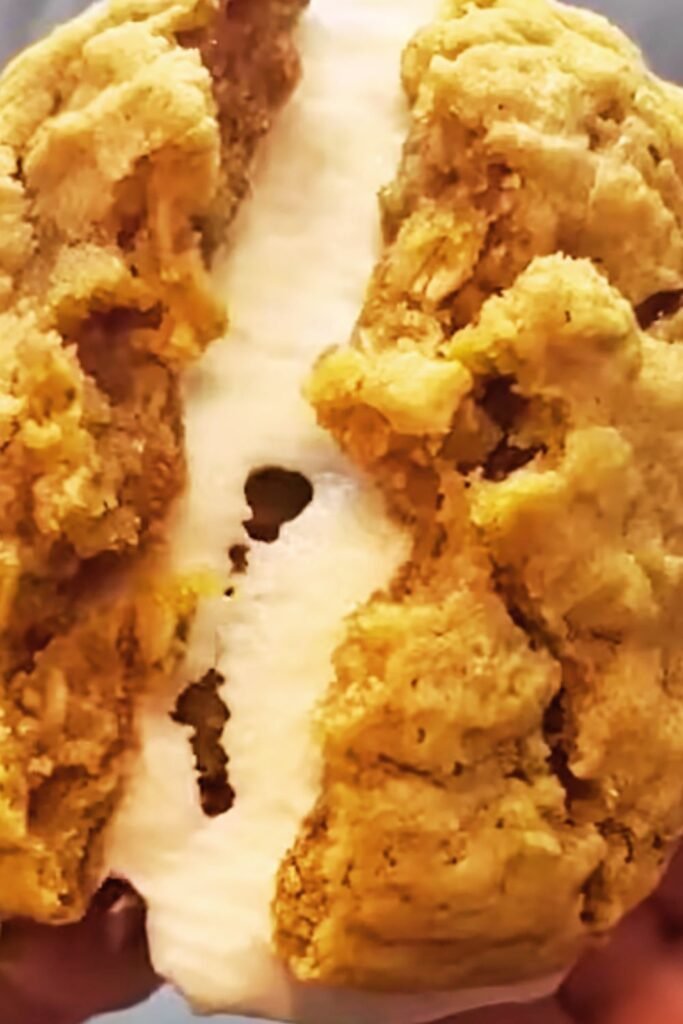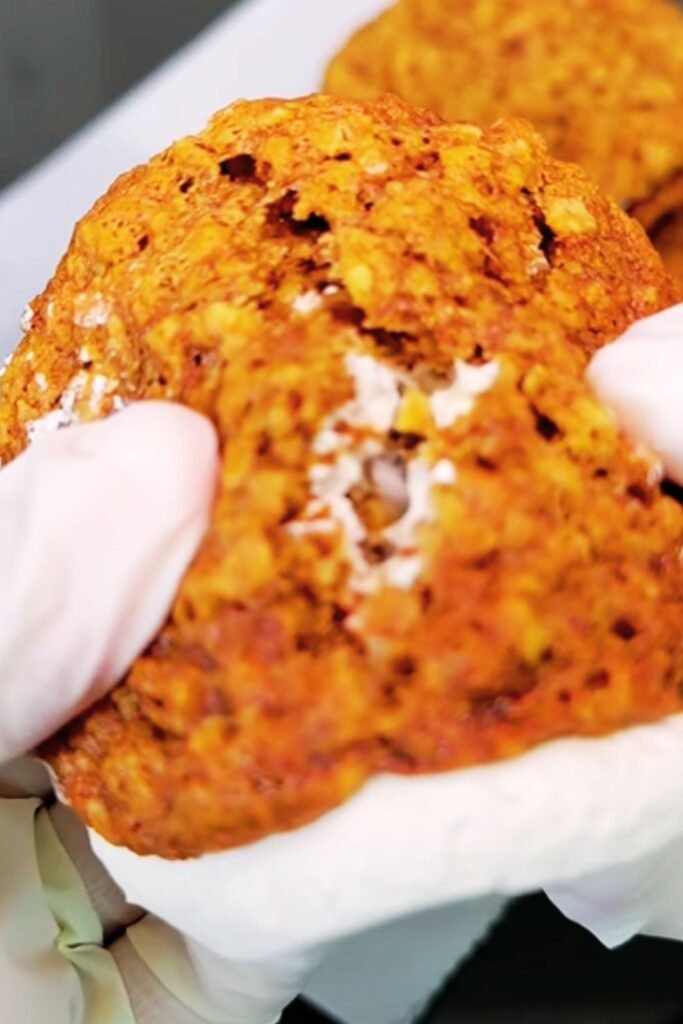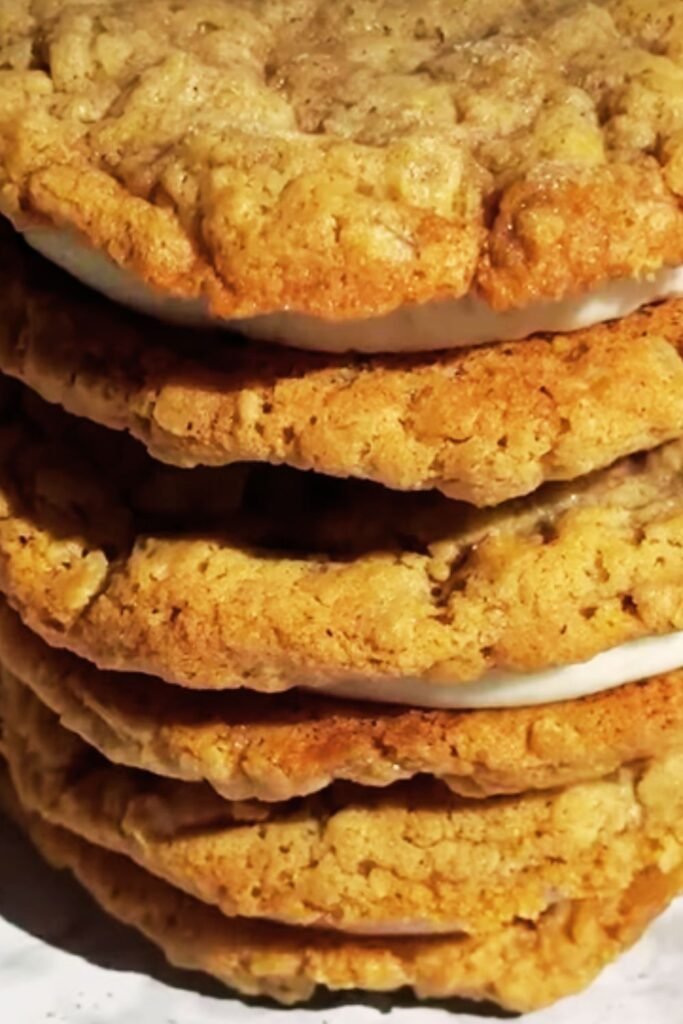I’ve been experimenting with matcha in my baking for years, and these matcha crinkle cookies have become my absolute favorite way to showcase this incredible ingredient. There’s something magical about watching these emerald-green beauties crack and reveal their soft, chewy centers as they bake. The earthy, slightly bitter notes of matcha paired with the sweet, tender cookie base creates a harmony that’s both sophisticated and comforting.
When I first attempted matcha crinkle cookies, I learned quickly that not all matcha powders are created equal. The quality of your matcha will make or break these cookies, and I’ve spent countless hours perfecting the balance between that distinctive matcha flavor and the classic crinkle cookie texture we all love.
Understanding Matcha: The Heart of These Cookies
Matcha : Finely ground powder made from specially grown and processed green tea leaves, offering a concentrated flavor profile that ranges from grassy and vegetal to sweet and umami-rich.
Ceremonial Grade Matcha : The highest quality matcha, stone-ground from the youngest tea leaves, perfect for drinking ceremonies and premium baking applications.
Culinary Grade Matcha : A more affordable option designed specifically for cooking and baking, with a stronger, more robust flavor that holds up well in recipes.
Crinkle Effect : The characteristic cracked surface pattern that develops when cookies with a soft interior expand during baking, creating beautiful textural contrast.
The secret to achieving that perfect crinkle lies in the chemistry between the ingredients. When I roll these cookies in powdered sugar before baking, the sugar creates a protective shell that cracks as the cookie expands, revealing the vibrant green interior beneath.
Essential Ingredients and Their Roles
| Ingredient | Amount | Purpose | Substitution Notes |
|---|---|---|---|
| All-purpose flour | 2 cups | Structure and texture | Can use 1:1 gluten-free flour blend |
| Matcha powder | 3 tablespoons | Flavor and color | Use only high-quality culinary grade |
| Baking powder | 2 teaspoons | Leavening agent | Critical for crinkle effect |
| Salt | 1/2 teaspoon | Flavor enhancement | Sea salt or kosher salt work best |
| Unsalted butter | 1/2 cup | Richness and texture | Room temperature is essential |
| Granulated sugar | 1 cup | Sweetness and structure | Affects texture significantly |
| Brown sugar | 1/2 cup | Moisture and chewiness | Light or dark both work |
| Large eggs | 2 | Binding and richness | Room temperature for best mixing |
| Vanilla extract | 1 teaspoon | Complementary flavor | Pure extract recommended |
| Powdered sugar | 1/2 cup | Coating for crinkle effect | Sifted for best results |
Step-by-Step Baking Process
Preparation Phase
I always start by getting my workspace organized. There’s nothing worse than realizing you’re missing an ingredient halfway through mixing cookie dough. I line my baking sheets with parchment paper and preheat my oven to 375°F (190°C). The temperature is crucial – too hot and the cookies will spread too quickly, too cool and they won’t develop that signature crinkle.

Mixing the Dry Ingredients
In a medium bowl, I whisk together the flour, matcha powder, baking powder, and salt. The key here is to really whisk vigorously – matcha has a tendency to clump, and you want an even distribution throughout your flour mixture. I’ve learned to sift the matcha powder first if I’m using a particularly fine grade, as this prevents any bitter pockets from forming in the finished cookies.
Creating the Cookie Base
In my stand mixer (though a hand mixer works perfectly fine), I cream the butter with both sugars until the mixture is light and fluffy. This usually takes about 3-4 minutes on medium speed. The mixture should look pale and have increased in volume noticeably. I then add the eggs one at a time, beating well after each addition, followed by the vanilla extract.
The next step is where patience pays off. I add the flour mixture gradually, mixing on low speed just until combined. Overmixing at this stage will result in tough cookies, and nobody wants that. The dough should be soft but not sticky, with a beautiful pale green color throughout.
Shaping and Coating
I chill the dough for at least 30 minutes before shaping. This step is non-negotiable in my kitchen – warm dough spreads too much and won’t hold its shape properly. Once chilled, I roll the dough into balls about 1.5 inches in diameter.

The magic happens when I roll each ball generously in powdered sugar. I don’t just dust them lightly – I really coat them well, rolling them around in the sugar until they’re completely covered. This creates that beautiful white coating that will crack to reveal the green interior.
Baking to Perfection
I space the coated dough balls about 2 inches apart on my prepared baking sheets. They need room to spread and crack properly. Into the oven they go for 10-12 minutes. I watch for the telltale signs: the cookies should be set around the edges but still soft in the center, and those gorgeous cracks should be clearly visible across the surface.
The hardest part is letting them cool on the baking sheet for 5 minutes before transferring them to a wire rack. They’re quite delicate when hot, and moving them too soon can cause them to break apart.
Troubleshooting Common Issues
Cookies Not Cracking Properly
Problem: Flat cookies without the signature crinkle pattern Solution: Ensure your dough is properly chilled and you’re using enough powdered sugar coating. The baking powder should also be fresh – I replace mine every six months.
Bitter or Overpowering Matcha Flavor
Problem: Cookies taste too grassy or bitter Solution: Reduce matcha powder by 1/2 tablespoon and ensure you’re using culinary grade rather than ceremonial grade. Some brands are much stronger than others.
Cookies Spreading Too Much
Problem: Cookies lose their round shape and become thin Solution: Chill the dough longer and check that your butter wasn’t too warm when mixing. Also, make sure your oven is fully preheated.
Uneven Green Color
Problem: Patchy or streaky appearance in the cookies Solution: Sift the matcha powder before adding to flour mixture and whisk dry ingredients more thoroughly.
Storage and Serving Suggestions
| Storage Method | Duration | Notes |
|---|---|---|
| Room temperature (airtight container) | 5-7 days | Best texture maintained |
| Refrigerator (sealed container) | 2 weeks | May become slightly firmer |
| Freezer (double-wrapped) | 3 months | Thaw at room temperature |
| Cookie dough (frozen balls) | 6 months | Bake directly from frozen, add 1-2 minutes |
These cookies are absolutely delicious on their own, but I love serving them alongside a cup of hot tea or coffee. The earthy matcha flavor pairs beautifully with jasmine tea or even a rich espresso. For special occasions, I sometimes drizzle them with white chocolate or sandwich them with vanilla buttercream for an extra-special treat.

During the holidays, I package these cookies in clear cellophane bags tied with ribbon – the green color makes them particularly festive. They also make wonderful gifts for tea lovers or anyone who appreciates unique flavors.
Nutritional Benefits and Considerations
Matcha brings more than just flavor to these cookies. It’s packed with antioxidants, particularly catechins, which have been linked to various health benefits. While these are still treats and should be enjoyed in moderation, I feel good knowing that each cookie contains a dose of beneficial compounds.
| Nutritional Component | Per Cookie (approx.) | Health Benefits |
|---|---|---|
| Calories | 145 | Moderate energy content |
| Antioxidants | High (from matcha) | Cellular protection |
| Caffeine | 15-20mg | Natural energy boost |
| Fiber | 1g | Digestive health |
| Protein | 2g | Satiety factor |
The caffeine content is worth noting – these cookies contain about as much caffeine as a small cup of green tea. I avoid serving them too late in the evening for this reason.
Variations and Creative Adaptations
Over the years, I’ve developed several variations of this basic recipe that have become family favorites:
White Chocolate Matcha Crinkles: I fold in 1/2 cup of white chocolate chips before chilling the dough. The sweetness balances the matcha beautifully.
Matcha Coconut Crinkles: Adding 1/3 cup of shredded coconut gives these cookies a tropical twist that’s surprisingly complementary.
Double Matcha Crinkles: For true matcha lovers, I dust the finished cookies with additional matcha powder mixed with powdered sugar.
Matcha Almond Crinkles: A teaspoon of almond extract in place of vanilla, plus sliced almonds pressed into the tops before baking, creates an elegant variation.
The Science Behind Perfect Crinkles
Understanding why these cookies crack the way they do has made me a better baker overall. The science is fascinating: when the cookie dough heats up in the oven, the interior expands faster than the sugar-coated exterior can stretch. This creates stress points that eventually crack, revealing the soft interior.
The key factors that influence cracking are:
- Dough temperature: Cold dough creates more dramatic temperature differential
- Sugar coating thickness: More coating equals more dramatic cracks
- Oven temperature: Higher heat creates faster expansion
- Dough consistency: Proper hydration ensures even expansion
Seasonal Adaptations and Gifting Ideas
These cookies have become part of our family’s seasonal traditions. In spring, I serve them at cherry blossom viewing parties. Summer calls for pairing them with iced matcha lattes. Fall brings opportunities to package them as teacher gifts, and winter sees them appearing on holiday cookie platters.
For gift-giving, I’ve found that these cookies travel well when properly packaged. I layer them between parchment paper in sturdy containers, and they maintain their texture and flavor for days. The unique appearance always generates curiosity and compliments.
Questions and Answers
Q: Can I make these cookies without a stand mixer? A: Absolutely! I’ve made these many times with just a hand mixer or even by hand with a wooden spoon. The key is ensuring the butter and sugars are properly creamed together, which just takes a bit more time and elbow grease.
Q: What’s the difference between ceremonial and culinary grade matcha for baking? A: Ceremonial grade matcha is designed for drinking and has a more delicate, sweet flavor. Culinary grade is specifically formulated for cooking and baking, with a stronger, more robust flavor that won’t get lost among other ingredients. For these cookies, culinary grade is actually preferable.
Q: Why do my cookies sometimes turn out flat instead of puffy? A: This usually happens when the dough is too warm or the butter was over-softened during mixing. Make sure to chill the dough thoroughly and that your butter is at room temperature but not melted when you start mixing.
Q: Can I substitute the all-purpose flour with almond flour? A: While you can experiment with almond flour, the texture will be quite different – more tender and delicate. You’ll need to adjust the liquid ratios and baking time. I’d recommend starting with substituting only 1/4 of the flour with almond flour first.
Q: How can I tell if my matcha powder is still good? A: Fresh matcha should be vibrant green in color, not brown or yellowish. It should smell grassy and fresh, not musty or stale. Matcha loses its potency over time, so I always store mine in the refrigerator in an airtight container and use it within six months of opening.
Q: Can I freeze the cookie dough? A: Yes! I actually prefer to freeze the dough balls after rolling them in powdered sugar. They can go straight from freezer to oven, just add an extra minute or two to the baking time. This is perfect for having fresh cookies whenever the craving hits.
Q: What other flavors pair well with matcha in cookies? A: Matcha pairs beautifully with white chocolate, vanilla, coconut, and almond. I’ve also had success with subtle additions of lemon zest or even a touch of cardamom. The key is not to overpower the delicate matcha flavor.
Q: Why do some of my cookies crack more dramatically than others? A: Slight variations in dough ball size, coating thickness, and oven hot spots can all affect cracking patterns. I’ve learned to embrace these variations – they make each cookie unique! Rotating your baking sheets halfway through baking can help with even results.
These matcha crinkle cookies have become one of my signature bakes, and I hope they bring the same joy to your kitchen that they’ve brought to mine. The combination of that beautiful crackled appearance, the tender texture, and the sophisticated matcha flavor makes them truly special. Whether you’re baking for a special occasion or just want to try something new, these cookies deliver both visual appeal and incredible taste in every bite.